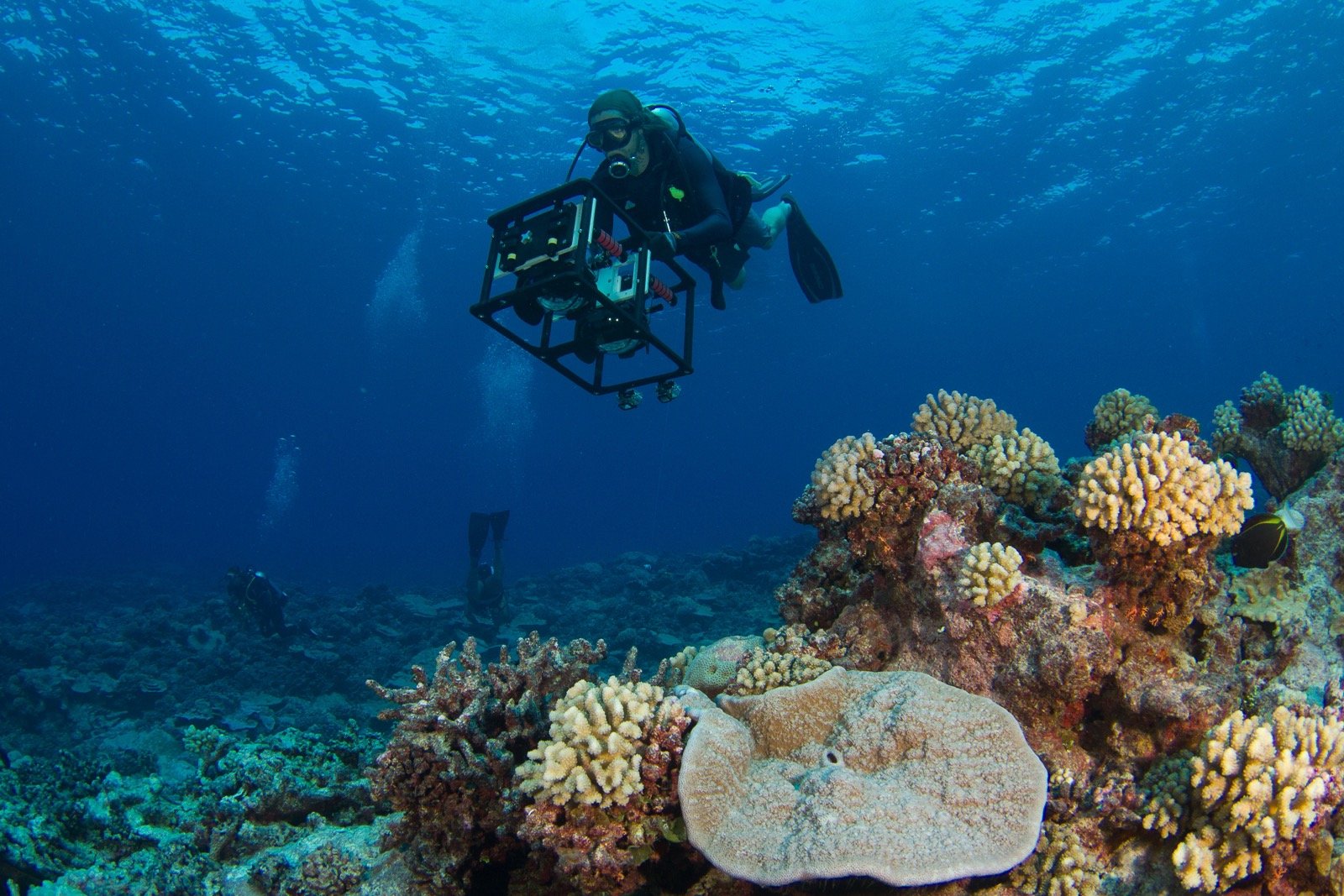
GLOSSARY
Key Terms
Aperture The opening in a camera lens through which light passes from the lens onto the camera sensor. Typically expressed as the ‘f-ratio’ or ‘f-stop’ with lower numbers referring to a larger amount of light reaching the sensor.
Camera pose A six parameter estimate (x,y,z, yaw, pitch, roll) of a cameras position and sensor orientation, as relative to a specified coordinate system.
Central processing unit (CPU) The processing center of the computer, that receives and executes a wide range of complex calculations and operations. CPUs have variable number of cores (personal laptops have ~2-4, high-performance platforms have ~8-24 or more), with each core executing only a small number of tasks at a time. Often colloquially referred to as a processing ‘chip.’
Ghosting Visual distortions present in orthophotomosaics as a result of blending or stitching individual component images. Distortions include stretching or duplications of objects.
Graphical processing unit (GPU) The processing center primarily responsible for graphics rendering, generally comprised of many cores designed to execute relatively simplistic calculations and operations. Many CPUs have integrated GPUs for rendering graphics on computer monitors, while dedicated GPUs can be used for more complex processes. Colloquially referred to as ‘graphics chips’ or ‘graphics cards’.
Ground control point A reference point with a known location that can be used to georeference an image or dataset.
ISO The light sensitivity parameter of a camera. Lower ISO value correspond to lower light sensitivity, and higher values correspond to greater light sensitivity.
Key point A unique feature (point) identified in a 2D image.
Large-area imaging (LAI) The general process of creating continuous composite imagery at scales larger than the individual component images. The scale of imagery is dependent upon the ecological processes of interest; for the purposes of coral reef ecology, large-area imagery is generally at scales >10m2.
Nadir images Images taken perpendicular, or near perpendicular to a reference plane, also referred to as "overhead images."
Oblique images Images taken from angles other than perpendicular to a given reference plane.
Orthomosaic A composite image of orthorectified images that have been stitched together.
Orthoprojection A 2D representation of a 3D object or scene from a fixed perspective orthogonal to a reference plane.
Orthorectification The process of correcting for geometric distortion in perspective imagery resulting from variation in the distance between the sensor and objects in the scene, relative to a reference plane.
Photomosaic A composite image created by stitching together multiple images.
Photogrammetry The process of deriving quantitative information about an object through measurements made from imagery of the object.
Point cloud A collection of x,y,z points (with optional r, g, b) that are representative of a 3D scene or object.
Random Access Memory (RAM) Your computer’s ‘working memory,’ where data is temporarily stored for CPU and GPU operations.
Remote sensing Remote sensing is the science of obtaining information about objects or areas from a distance, typically from aircraft or satellites.
Scale bar An object of known size.
Shutter speed The speed at which the shutter of a camera closes. Longer shutter speeds allow more light to reach the camera sensor.
Structure-from-Motion (SfM) The process of estimating the 3D structure of a scene or object from a set of 2D images.
Tie point Key points which are visible in ≥2 images.
